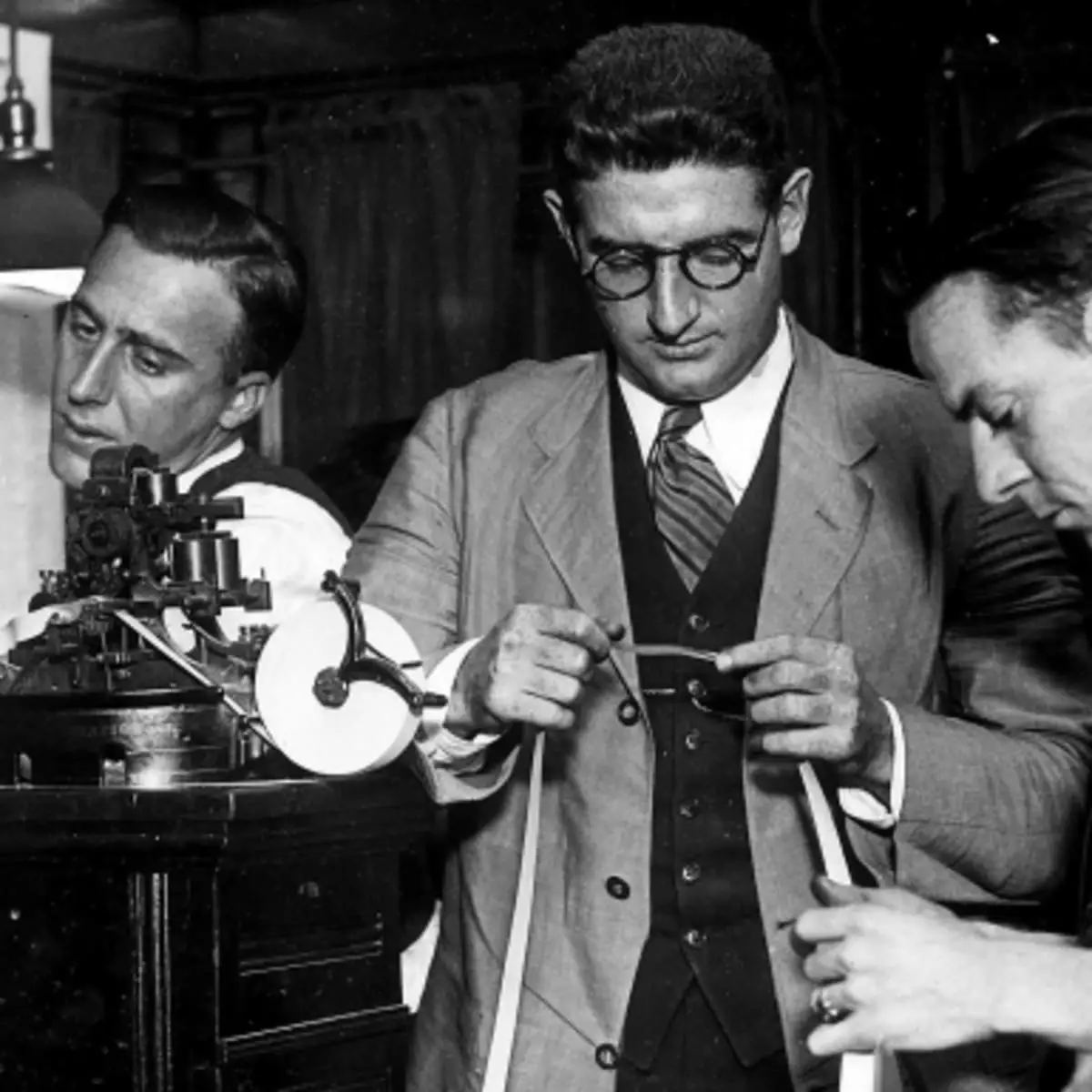Tape reading is the use of real-time data from stock trading. Tape readers can take advantage with the help of useful and early information that others might lack. This was a widely adopted trading technique tas has somehow lost its charm. During the late 19th century and the first half of the 20th century, stock quotes were transmitted by telegraph.
The tape would include the stock ticker, along with the current price and the volume traded. Thousands upon thousands of traders and investors will read the tape in order to know what the stock price, volume were for a specific stock. This is how the expression tape reading gained popularity.
What is tape reading?
Tape reading refers to a trading strategy that analyzes the price and volume of stocks. It is also known as the “time and sales” reading of a given stock.
A time and sale window shows three points:
- The price of a stock at which the transaction took place
- Size or trade volume of a transaction
- Time of the transaction.
Historically, tape reading was done on telegraph tickers. Today everything is electronic, and it takes a fraction of the time based on sale windows, called order books. The core activity remains the same. It mainly involves the study of the type of transactions, volume, and the agreed prices between the buyers and sellers.
Understanding how it works and what information it offers for decision-making for traders is important.
How do modern traders use it?
With the advent of high-frequency trading (HFT), algorithms, charts, and other real-time indicators, the use of tape reading has been overshadowed. Today there are systems in place that are able to do real-time analysis in a fraction of a second. This is how high-frequency trading was built upon. There are several high-frequency trading books that might help you understand how reading the tape has changed, and how it is used in today’s markets.
However, modern-day traders still use it in a different way. Modern-day traders need to analyze order books for tape reading. Their aim should be to go through several key factors included in an order book.
The tape or the “time and sale” window include that information such as the time of the transaction, the ask and bid prices, price, volume, and the size of a transaction.
Day traders need to dig deeper than merely studying numbers from the tape. The aforementioned information alone does not offer the broader context of the market trends.
Importance of tape reading
The process of tape reading is simple. As a trader, if you can apply it to take advantage of it. One of the biggest advantages is that it offers real-time analysis. However, the pace of analysis and skills required to analyze loads of data is significant.
Day traders, in particular, can leverage tape reading benefits. They can stay a step ahead of their competitors by analyzing tapes. Unlike their competitors who would rely on historic charts and patterns.
When you dig deeper, by using tape reading, you can shape your risk-reward strategy accordingly. For instance, if there are large limit sell orders in an order book of a given stock, it means the stock will face substantial resistance at that level. Thus, you can predict where a stock is headed. Although other traders could also come up with the same strategy, it offers an edge with time efficiency.
Also, with tape reading, you can analyze which institutional or major investors are buying or selling a certain stock. Orders with a large volume can be easily identified, which gives traders an edge. This is why some institutional investors use iceberg orders, in order to conceal the real volume behind an order. This is something that retail investors are often unaware of. Again, it can help you shape your risk-reward strategy as often market makers influence stock trading.
Learning tape reading
Tape readers can stay ahead of the competition. However, it requires studying complex data and quick decision-making powers. It also requires the ability to process large amounts of data in real-time. With practice and consistency, you can master the art of tape reading that can offer you an edge over other market participants.
Here are a few quick tips for improving your tape reading:
- Keep a close eye on resistance and support levels. For instance, if there is a large limit bur order, the stock will likely see a support level.
- Momentum trading is closely linked with tape readers. Try to ride the wave when large market players intend to set a trading trend.
- Use it to identify hidden details such as a spike in trading volume or a sudden price movement.
- It can be improved by observing a day trading session. Analyze key trends and dig deeper behind the numbers. Go through the early hours, midday sessions, and closing hour trends to deeply analyze the stock trading movements.
- Finally, keep learning and adapting to new technologies, reading ticker tape isn’t obsolete.
Pros and cons
It offers certain pros and cons as compared to other trading strategies.
Pros of tape reading include:
- It offers deeper price movement insights.
- It offers real-time data that other tools offer as historic events.
- Tape readers can create effective short-term trading strategies such as timing their exit or limiting orders.
- It is an effective tool for traders of every skill level.
Cons of tape reading include:
- Complex and hard-to-learn skill.
- It requires analyzing multiple screens and data at the same time.
- It requires great analytical and decision-making powers to excel.
- Reading the tape is ineffective unless used in conjunction with other tools or applied in the broader market context.
Image source: History

